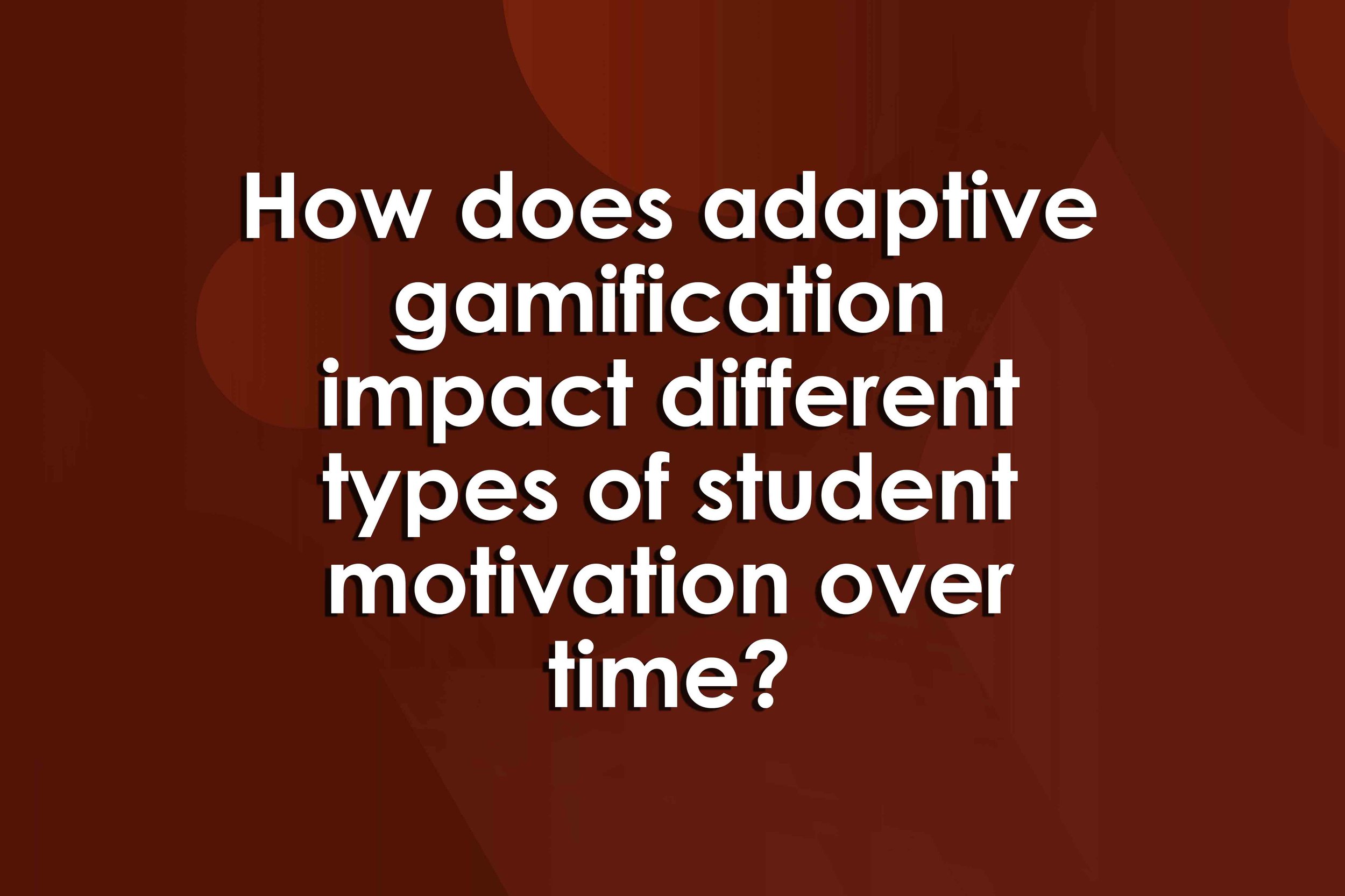How does adaptive gamification impact different types of student motivation over time?
How does adaptive gamification impact different types of student motivation over time?
How does adaptive gamification impact different types of student motivation over time?
S. Dumas Reyssier, A. Serna, S. Hallifax, J.-C. Marty, S. Simonian, E. Lavoué
Abstract
"The gamification approach is often used in educational settings, with widely varying results on learner motivation. A new trend emerged these last years on adaptive gamification to fit learners’ preferences for game mechanics, but little is known on how the adaptation of different game elements impacts different types of learner motivation. In this paper, we propose to investigate in depth the effects of adaptive gamification on a continuum ranging from intrinsic motivation for knowledge to amotivation, by assigned game element. We conducted a field study involving 121 students (aged between 13 and 15 years old) from secondary schools during 4–6 weeks, to compare the impact of adapted game elements to randomly assigned ones. This approach allowed us to reveal the following findings: (1) the impact of gamification (either adapted or not) is different when considering each type of motivation, (2) the effects of the use of the gamified environment were only observed after five lessons, (3) the adaptation of the game elements seems to reinforce their effects on learners’ motivation, and (4) each game element had specific effects on different types of motivation: while adapted Avatar and Timer had both some positive and negative effects, Progress had mainly detrimental ones."
Reference
Dumas Reyssier, S., Serna, A., Hallifax, S., Marty, J.-C., Simonian, S., & Lavoué, E. (2024). How does adaptive gamification impact different types of student motivation over time? Journal of Educational Computing Research, 61(1), 123-145. https://doi.org/10.1080/10494820.2023.2248220
Keywords
Adaptive Gamification, Learning Environment, Learner Motivation

